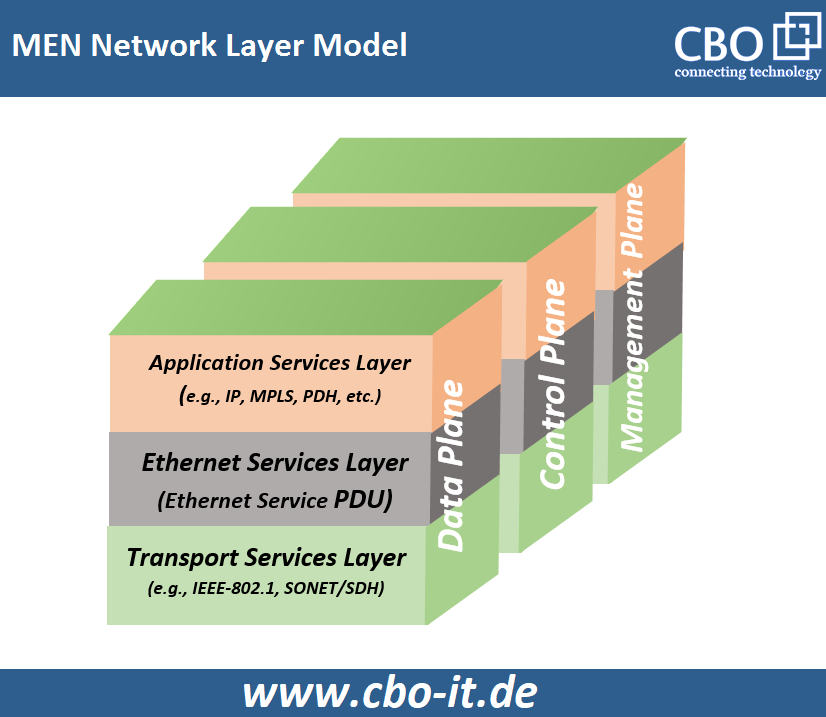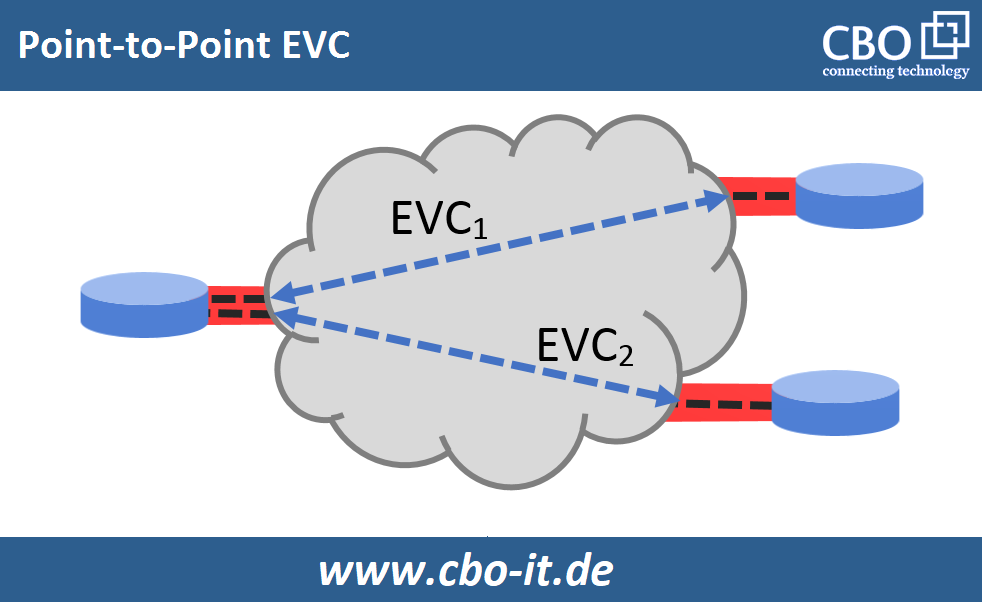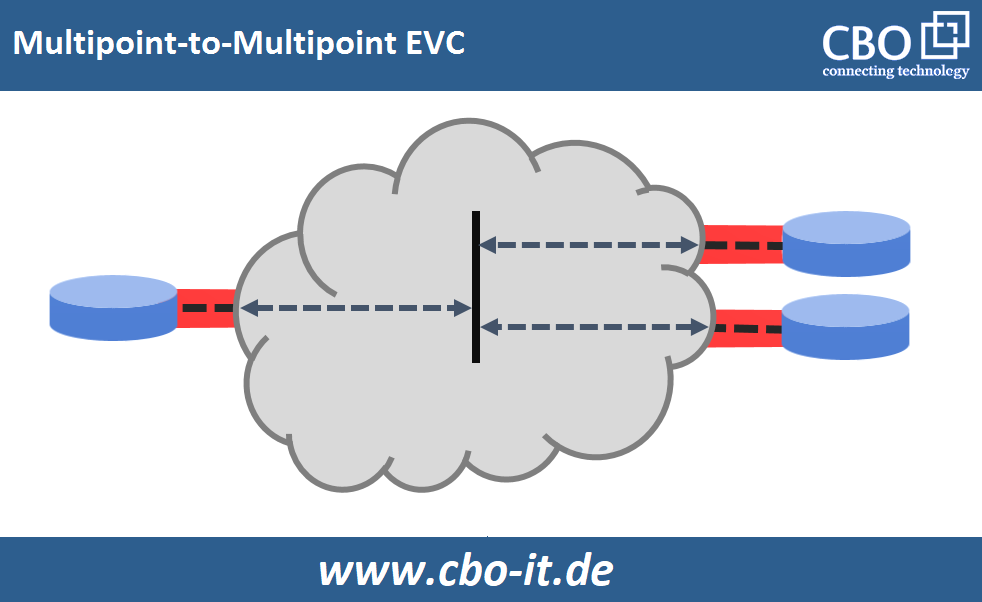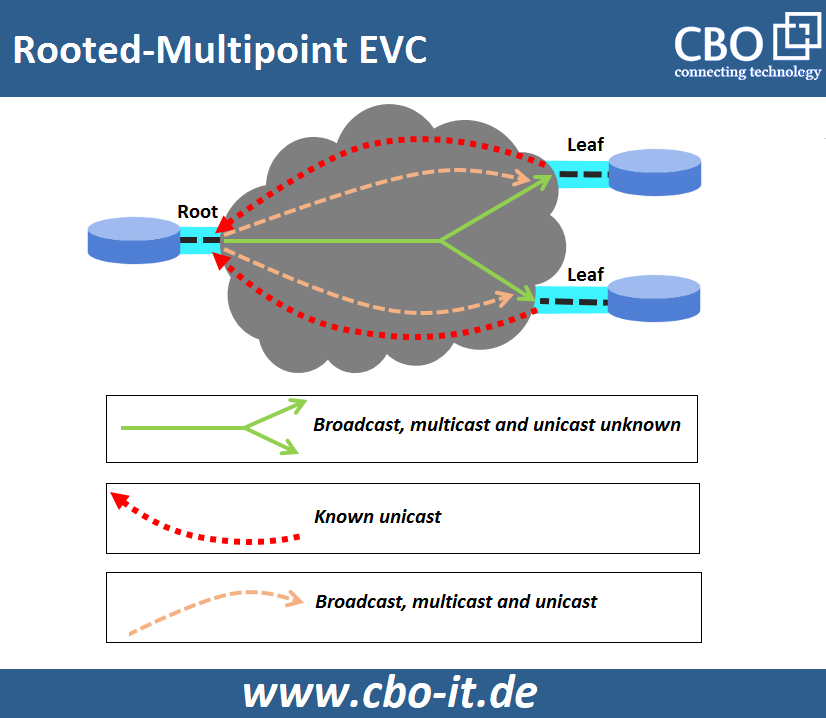The Metro Ethernet Forum (MEF) has specified a framework for delivering Ethernet services over carrier-grade networks. The framework specifies requirements for the network architectures, services and interfaces. The Ethernet Services are delivered from User-Network Interface to User-Network Interface (UNI to UNI). In addition, a set of standard Ethernet Services has been defined based on the framework. An Ethernet Service is defined in the framework by an abstract construct called the Ethernet Virtual Connection (EVC). The Service Framework associates a service instance with the UNI characteristics, at which the Service is offered, to the Subscriber and with the EVC supporting the Service. The MEF Ethernet services, expressed through the EVC construct, are defined in a manner that is agnostic to the specific technologies implementing them. However, the most common technologies used for supporting MEF services may not always provide full transparency with their transport services.
MEF Network Architecture
The Metro Ethernet Network (MEN) layer network model specified in the architecture framework defines the MEN in terms of three-layer network components: the Ethernet Services Layer supporting basic Layer 2 (L2) Ethernet data communication services; a set of one or more supporting Transport Services Layer(s) and, an optional Application Services Layer supporting applications carried on the basic L2 Ethernet services. The layered network model is based on a client/server relationship. In addition, each of these layer networks is composed of data, control and management plane components. This layer network view of a MEN is illustrated in the following exhibit.

MEF Services Overview
MEF Ethernet services can be described as connectivity or communication services provided by the carrier Ethernet Network of the service provider to customer's Edge devices. In MEF, the connectivity services are shaped by an EVC or Ethernet Virtual Connection. The EVC can be defined as a union of two or even more User Network Interfaces that limits the exchange of service frames to the User-Network Interfaces or UNIs in the EVC. One or more classes of Service are supported by an Ethernet Service. Service is also linked with a list of Layer Two (L2) control protocols such as Link Aggregation Control Protocol or Spanning Tree Protocol and a set of actions that state how they should be handled.
MEF Service Types
A broad range of Subscriber Services can be created with the help of MEF's Ethernet Service Types. These service types are considered by their required connectivity. In the following paragraphs, we will briefly introduce you to the most common types of already approved MEF service types!
Ethernet Line Service
E-Line service or Ethernet Line Service works on the basis of point-to-point connectivity. In a P2P or Point-to-Pint EVC, only two UNIs can be associated with one another. Ingress Service Frame entering the EVC through one UNI can only result in an egress Service Frame through the associated UNI.

MEF E-LAN Service
Multipoint-to-Multipoint (or MP2MP) connectivity is required by E-LAN type services. In any multipoint EVC (Ethernet Virtual Connection), two or even more UNIs are interconnected with one another. An ingress service frame entering the EVC through one of the connected UNIs can result in an egress service frame through one or more of the connected UNIs.

MEF E-Tree Service
E-Tree Service capitalizes Rooted-Multipoint (or RMP) type of connectivity. In an RMP EVC, one or multiple of the relevant UNIs must be designated as a Root, and each one of the remaining UNIs must be selected as a Leaf. in a Rooted-Multipoint EVC, a single root maintains connectivity to all the leaves. Any ingress Service Frame mapped to the EVC or Ethernet Virtual Connection may be routed to one or multiple of the associated UNIs (either Leaf or Root) residing in the EVC. A Service Frame entering the EVC through a Leaf UNI can only end up as an egress Service frame at all, some or one of the Root UNIs.

Conclusion
MEF services are defined in an abstract manner that is agnostic to the specific technology implementing them. However, these services impose specific requirements on the underlying technology, such as the MEF Carrier Class Requirements, e.g., scalability and reliability and the need to confine flooding of MAC addresses only to UNIs associated with the given EVC, to name a few.
MEF Services are delivered over the TRAN Layer. Specific technologies aiming to implement the transport layer functionality must carefully evaluate the MEF architecture and services requirements. The services must be carefully overlaid over the specific technology's functional components.
MEF services can be implemented with both connectionless and connection-oriented technologies. However, care must be taken to identify and mitigate potential conflicts between MEF requirements and the functional components of the selected technology.
 English
English
 Deutsch
Deutsch
 Espaniol
Espaniol










